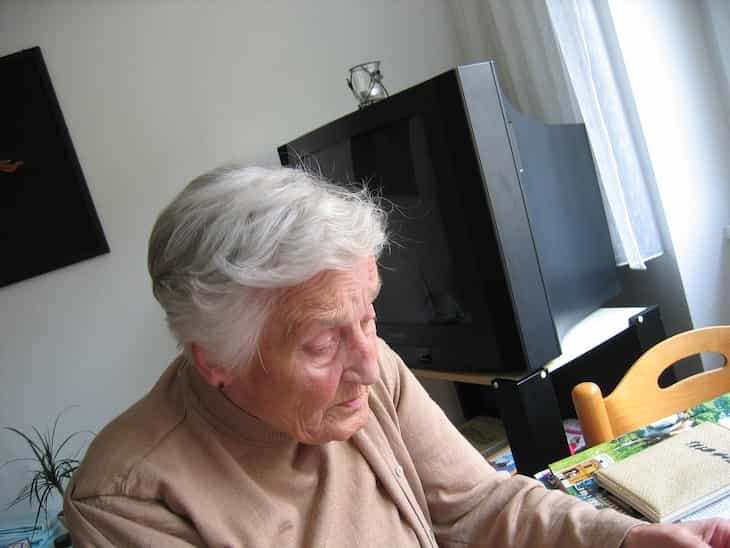In 2016, MIT conducted a study on Alzheimer's and found that flickering light at a certain brain rhythm might help.
Now, a new review by MIT in the Journal of Internal Medicine looks at what scientists worldwide have learned since then in many studies.
Let's find out more.

Researching the disease
Brain rhythms, like waves in your brain, help with things like thinking and remembering.
The study focused on a rhythm called gamma, around 40 cycles per second, which is important for memory.
MIT's research showed it's linked to changes in cells.
They did tests on animals and people, using different methods to boost the 40Hz gamma rhythm.
The results were promising, showing a reduction in Alzheimer's problems.
The review paper lists 16 studies where they used sensory stimulation (like light exposure), transcranial alternating current stimulation (tACS), or transcranial magnetic stimulation (TMS).
These methods showed positive effects on memory, brain connectivity, and even sleep.
More information needed
Even though there's good evidence from these studies, the authors say it's still early, and more research is needed.
They also mention ongoing clinical trials, including one by Cognito Therapeutics, a company working with MIT's technology.
In summary, while there's hope from these studies, more work is needed to understand how this gamma rhythm stimulation can help with Alzheimer's and other brain conditions.
Previously, we talked about inflammation effects.













